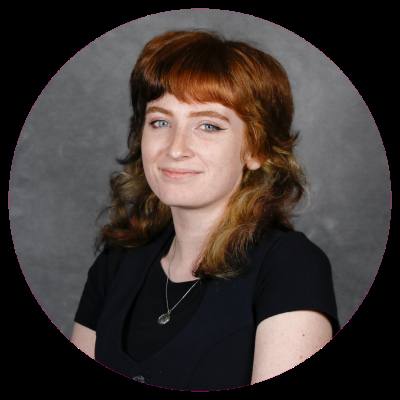“Take a deep breath in, arms all the way up, and show me that bear growl,” she says, and in response, about 10 fourth graders give their best growl, finishing off what is a normal occurrence of yoga in Whipple’s classroom.
Whipple said yoga is a way to break up the classroom and help motivate her students, a tool she learned through a program called Breathe for Change.
The program was introduced to the Austin ISD community to help retain staff as nearly 70% of teachers statewide face burnout and consider leaving the profession, as previously reported by Community Impact. This spring, about 30 AISD teachers across 10 campuses went through the program.

Amie Ortiz, AISD executive director of talent engagement, pitched the idea to bring Breathe for Change to AISD teachers. Ortiz said as someone with a background in teaching, she wanted to do something that would impact staff and trickle down to students.
“[Teachers] work tirelessly for students and put themselves last,” Ortiz said. “This is something where they learn skills to really prioritize their own well-being.”
Breathe for Change offers training to educators through social-emotional learning practices, mindfulness and yoga to help them maintain their own well-being and bring these strategies to their classrooms.
“The whole focus of this is we want self-regulating kids,” said Kelli Sammis, Breathe for Change director of school and district solutions. “But they can’t do that until it’s modeled. We teach in the training how [teachers] need to be the curriculum, need to be self-aware and self-regulated.”
Ortiz worked with the district’s health care provider, Aetna, to receive funding for the program, which can cost up to $3,000 per teacher.
How we got here
In a survey conducted by the Texas branch of the American Federation of Teachers, three-quarters of K-12 employees said they experienced burnout in the past year, while 69% said they considered quitting their job. Low salaries and excessive workloads were major concerns teachers highlighted in the survey that was conducted from Jan. 23-Feb. 13.
“Across the board, when I talk to school districts, the pain points are teacher burnout, teacher satisfaction, teacher retention, teacher shortage and whatever name you want to put on it,” Sammis said. “This curriculum that we built is all about educator well-being from the perspective of getting teachers well again and getting them to stay in the profession.”
The impact
Whipple said after going through the program, she’s calmer in the classroom and has noticed a decline in behaviors.
“I don't know how the kids are going to come in through the doors, or what's happened prior to entering into my classroom,” Whipple said. “If they can be calm, relaxed and feel safe, then they're regulating their nervous system and able to access that part of the brain where they learn.”
In 2023, counselors in Central Texas schools reported seeing more students needing mental health care as anxiety and depression increases among adolescents. Mental health experts pointed to disruptions caused by the COVID-19 pandemic as a cause of stress, even after returning to the classroom.
“Everything is back as if we're just normal,” Sammis said. “But we're not normal.”
What’s next
In June, Sammis said she plans to revisit the campuses that participated to teach principals and assistant principals how to lead with social-emotional strategies. The program is likely to expand in the district and may even be embedded in the way teachers are evaluated in the future.
“I don't think this is something that every teacher would be interested in,” Ortiz said. “But, I think the district has to find ways we can offer a variety of things that work for different people.”





